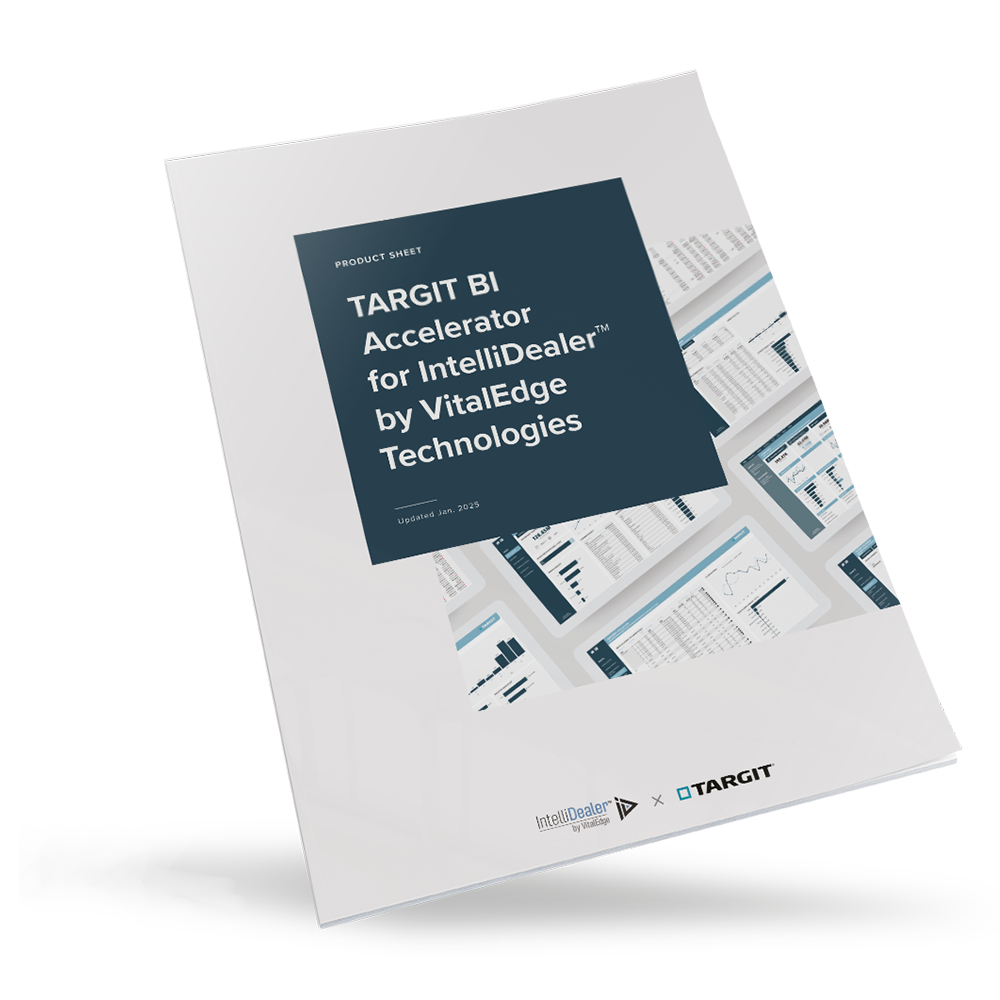- blog
- Top KPIs to manage heavy equipment
Top KPIs to manage heavy equipment

The purpose of business intelligence (BI) and analytics for the heavy equipment industry is to make your life easier. The job of a heavy equipment analytics solution is to deliver the data you need to make better decisions and make further insight available at the click of the mouse.
This can all seem very exciting, but there is a danger in having access to previously unfathomable levels of data: information overload. The key is to create a strategy for your company that lays out exactly the metrics that you need to measure to solve your everyday business problems and provide the insight needed. Anything else that doesn’t directly drive benefit to your role is just noise.
We work with BI users in the heavy equipment industry all the time to map out these important KPIs to better manage the fleet and maximize profit, and today we want to share them with you.
Top KPIs to manage your fleet and maximize profit
Financial utilization: Annualized rental revenue/total acquisition cost
Financial Utilization, also called Dollar Utilization, measures the true amount of revenue earned by each individual piece of equipment. It can be a very simple calculation of taking the annualized rental revenue divided by the total cost of acquisition. If you want to take it a step further, you can add revenue from other services or products, such as fuel and delivery fees.
Benchmarking the Financial Utilization percentage can help compare what pieces of equipment are making the most money for your dealership. Potentially, this number will help you determine what you should order to add to the fleet and whether you should buy new or used equipment, which highly affects your FU percent because of the potentially huge variances in the acquisition cost. On the flip side, you may see a decreasing Financial Utilization and decide to sell that machine or piece of equipment from your fleet.
It's critical to know immediately when any machine in your fleet falls below a certain utilization percent. You should be alerted to sub-par utilization instantly by your BI platform instead of hanging on to equipment for too long.
Time utilization: Days rented/days available
Why carry equipment that isn’t being utilized enough? Or hold on to it too long when you can clearly analyze a decreasing trend? By tracking Time Utilization by machine and time period, you can make quicker, more accurate decisions on what equipment or parts to keep on hand. The right analytics for heavy equipment solution will alert you immediately when your fleet falls below a certain utilization percentage.
Washout percent: Total income/total expenses
Tracking the Washout Percentage can be used as a final calculation upon disposal of an asset or in a “what-if” scenario to time the disposal of an existing asset. Simply measure of profitability over the life of a machine.
There are many variations of this, but the simplest way to look at is cash in versus cash out. The formula is total expenses (purchase price, prep, carrying costs, maintenance) versus total income (rental income, sale price).
For machines still in the fleet “what-if” phase, scenarios can be created. For example, what is the sale price required to reach a desired return on a piece of equipment? This can be customized to suit each situation.
Maintenance-to-Income Ratio
It's not good business to carry machines that are consistently being maintained but are not in commission. Revenue is lost, but -- more importantly -- customer satisfaction is highly effected and the potential for that customer to go elsewhere is increased.
Get on the front-end of these potential issues by tracking your fleet’s maintenance costs, history, and age in comparison to revenue. You’ll quickly get rid of the problem machines and replace them with more reliable ones.
Physical utilization: Rental days committed to customer/potential rental days
Physical Utilization differs from traditional Time Utilization because it measures the time a piece of equipment was committed to a customer and not available to other customers. That may or may not be time a customer was billed for (breakdowns, weather issues, compensation for previous issues, etc.), but is time not available to other customers. There are variations on this number, such as whether to include demo / loaner time or not, but this can be customized to suit each situation.




